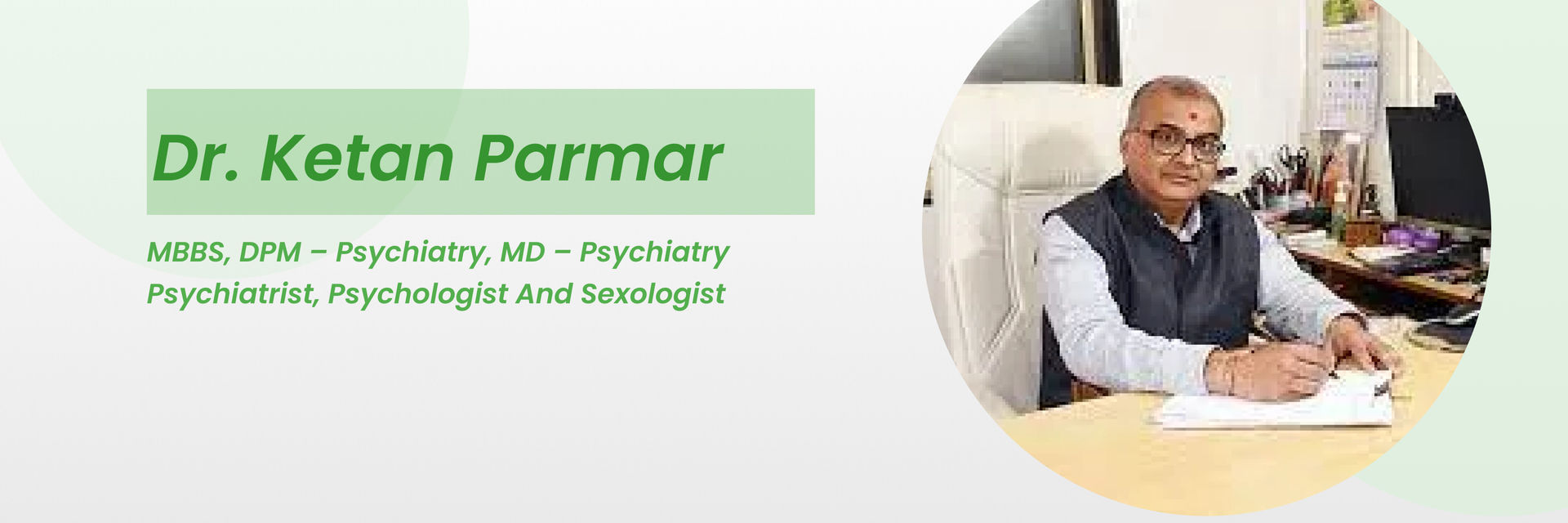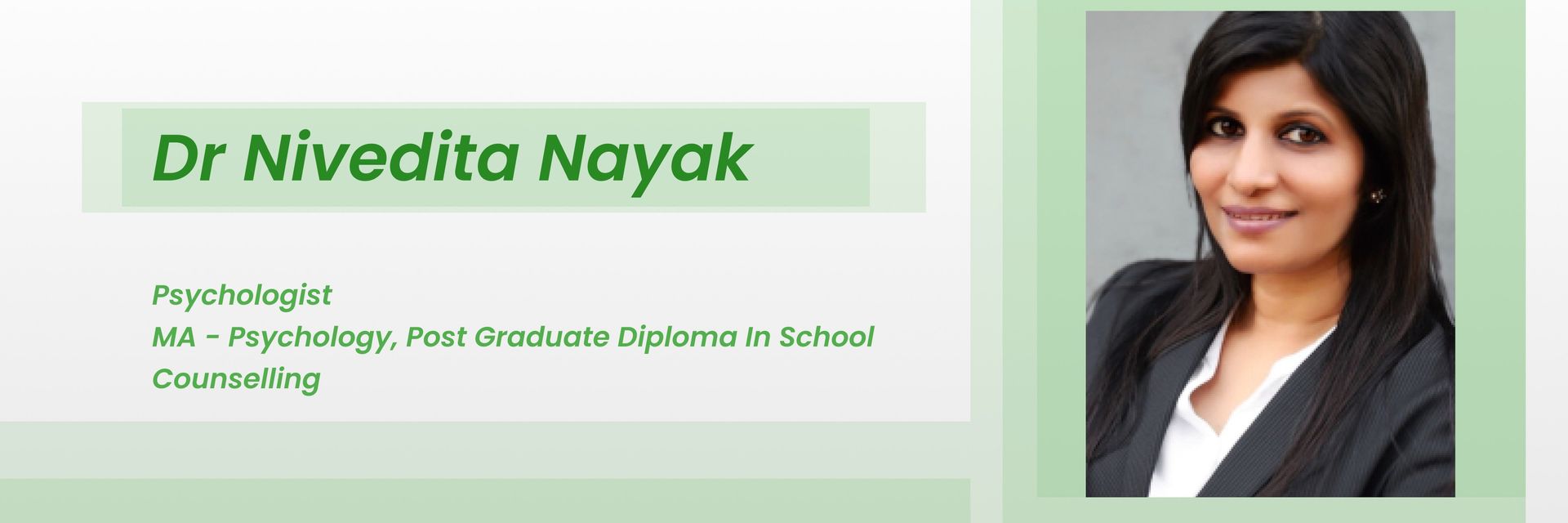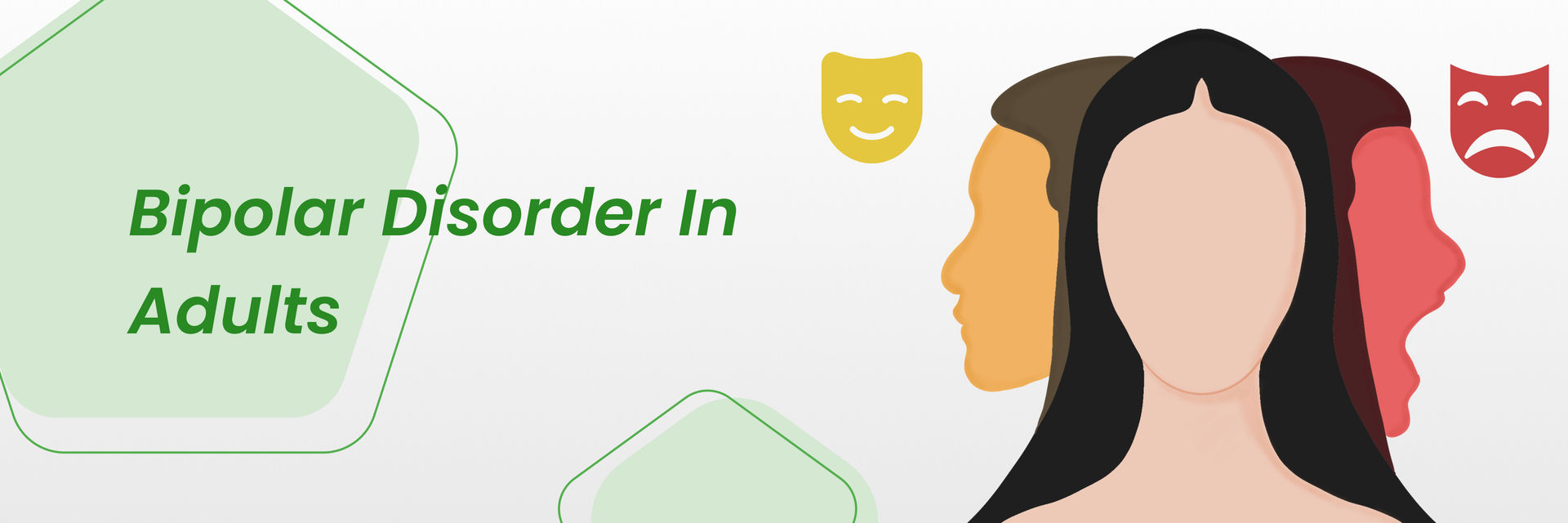Overview
How does culture shape a child’s autism diagnosis or therapy experience? A comparison of India and the U.S. reveals just how much the answer depends on where you live.
As autism diagnoses rise, countries are rapidly expanding treatment options. Disparities in these treatments can have significant implications for individuals receiving them. From East to West, cultural norms heavily influence the development, implementation, and expansion of autism treatments across the world.
Eastern vs. Western Approaches to Autism Therapy
Since the early-mid 2000s, India’s response to the rise of autism has resulted in a surge of clinics, telehealth platforms, and therapeutic apps. India is also looking to establish itself as a global provider, with services now offered to families abroad. Many of the practices that India adopts and adapts, such as ABA, speech therapy, and early intervention programs, are borrowed from Western (mainly American) frameworks.
However, the lack of clear standards and differences in policy have some industry leaders concerned about debatable quality and questionable ethical oversight. A cultural comparison of two leading countries in autism treatments (India vs. USA) raises important questions about the cultural shaping of therapy models and how well they work.
Even though autism awareness has risen globally in the last 25 years, there remain differences between the East and West’s philosophies of care and access to it. Cultural context matters, and it shapes how therapies are delivered, what goals are set, and how families measure progress.
Therapy Models
In the US, applied behavior analysis (ABA) is still a fundamental practice in autism therapy. However, trauma-informed professionals and adults with autism have spoken out about its ethical implications and rigidity, and therapy trends have shifted to more neuro-affirming, naturalistic approaches. Additionally, a child receiving services in the US is more likely to access therapy across several environments, school, home, and clinical settings.
In India, high costs for therapy have resulted in high rates of parental involvement, which could positively influence the generalization of targeted skills and increase advocacy efforts. Therapy models can vary widely and may include unregulated or untested hybrid approaches. And while some view the lack of standardization as a path to innovation, others are concerned it creates inconsistency. Some can argue that standardization can then lead to rigid or narrow ideals of what effective therapy looks like.
What one culture values may not hold the same importance in another. For example, while US models often prioritize autonomy and communication, Indian approaches may focus more on school readiness and social conformity. Adopting another culture’s standards may not be as effective within a different context.
Access to Therapy
Limits to access and cost barriers to autism therapy are something both countries have in common. In both the US and India, access to treatment often depends on geographical location and whether the family can afford to pay for it.
In the US, insurance and Medicaid offer some support, but long wait-lists, financial caps, and lack of available therapy in rural areas contribute to the US’s difficulty with providing early intervention for children who desperately need it. The public school system provides another point of entry for therapeutic services, but support can take different forms depending on the district.
The wide disparity of cost and high-quality therapeutic care in India is particularly impactful to low- and middle-class families who often can’t afford or receive therapy without government support. India is making up for it by expanding telehealth platforms and social enterprise models to reach those who struggle to access effective autism care. Non-governmental organizations (NGOs) or community-funded programs are often run by parent advocates, clinicians, or educators who offer low-cost services, parent training, and regional outreach efforts.
Across both countries, families are often left to piece together services on their own to get their child the support they need.
The Diagnostic Process
Acquiring an autism diagnosis in the United States is quite a different experience compared to India. The US has established fairly effective systems for screening and evaluation opportunities and milestones, and has a strong infrastructure in place for early identification of developmental delays in young children.
In comparison, India’s parents are more likely to inquire about an autism evaluation instead of universal screening. Wealth and rural gaps contribute further to the uneven distribution of trained professionals, screening practices, and services, leaving many children un- or misdiagnosed for years.
The US is not perfect, however. Inequitable access to autism evaluations delays any attempts at early treatment, one of the strongest predictors of long-term positive outcomes for individuals with developmental delays. Low-income, rural, and black and Hispanic populations are commonly under- and misdiagnosed in America.
Diagnosis delays aren’t unique to the US. In India, they can also be connected to negative societal attitudes around disabilities.
Cultural Stigma and Family Roles
While the US has adopted culturally-aware terminology in day-to-day conversation (terms and language shaped by the neurodiversity movement) and growing awareness of the importance of trauma and consent in therapy practices, external and internal social attitudes in India remain a barrier to autism treatment.
External (social judgment) and internal (self-blame) stigma are common, and cultural narratives, such as karma, discipline, and ideas of parenting “failure,” complicate the understanding of autism. The roles that extended family members play in traditional Indian families can also be more influential than those of their American counterparts. Their input can help or hinder access to autism intervention. Parents can also feel pressure to normalize a child’s behavior or select specific types of unregulated therapies for school-based opportunities or future marriage prospects.
As we can see, cultural framing can affect how children with autism receive therapy: for American parents, they may be encouraged to seek an evaluation and intervention, but must fight against a complex system to receive it, and Indian parents can struggle with social barriers and complex family ties to justify receiving treatment.
We need to remember that no therapy works well without family support. Fortunately, in both India and the US, families are finding creative ways to push through these barriers.
Support Systems and Advocacy
Peer support networks and autism online communities are leading the way in America. Both parent-led and autism-led organizations are helping to shape national conversations around neurodiversity, inclusion, neuro-affirming language, trauma-aware treatments, and personal assent (the practice of seeking a child's voluntary agreement to participate in therapy or support activities, even if they are not yet able to give full legal consent).
Grass-roots advocacy groups are growing rapidly in India; however, many of these lack the voices of those with autism themselves. Parent and professional voices in India are still louder than those in the autism population, and community support is often limited by general stigma and geographical location.
Even with growing advocacy, both countries struggle with consistent access, especially when it comes to educational choices and therapy in underserved or rural areas.
Education Systems
Mainstream schools in India often lack proper support and trained staff for children with disabilities. Even though legal protections exist on paper, enforcing autism-related education policy is extremely weak. Schools often refuse admission or promise inclusion without any follow-through. Special schools that enroll children with developmental disabilities are available, but again, vary widely in their approaches, philosophically and in quality.
NIOS (National Institute of Open Schooling) is a government-funded flexible program for families that allows children to learn and progress at their own pace. While a great option, it does not offer daily services or therapy, and therefore, parents are left to pick up the slack. Despite this, NIOS and homeschooling have become practical alternatives to the inconsistent range of choices of quality education for children with autism in India.
IDEA, the Individuals with Disabilities Education Act, outlines support for children with disabilities and provides recourse for violations. This federal law mandates that students with disabilities in the United States receive a Free Appropriate Public Education (FAPE) in the Least Restrictive Environment (LRE), as outlined in their Individualized Education Program (IEP). Public schools are responsible for providing accommodations and inclusive services and supports.
America may lead the way in educational oversight, but it can come at a cost: the pressure to perform well on required standardized tests can marginalize students with disabilities and cause unnecessary stress to their educational team. Schools are partially funded through standardized test scores, which can force administrators to prioritize test outcomes over individual growth.
Emerging Trends
In the US, new tools like eye-tracking and language analysis are helping to accelerate the evaluation and diagnosis process. Growing support for neuroaffirming values and input from the autism population are shaping these changes.
India is working to improve access by focusing on low-cost health and speech/communication solutions, parent-led programs, and expanded telehealth platforms. Some universities are now partnering with global researchers to bring in more evidence-based practices.
Conclusion
While the shared goal is to support children with autism, each country’s idea of what that support should look like is structured by cultural expectations and clinical research. The takeaway is clear: meaningful progress depends on listening to science, community voices, and the children themselves.






